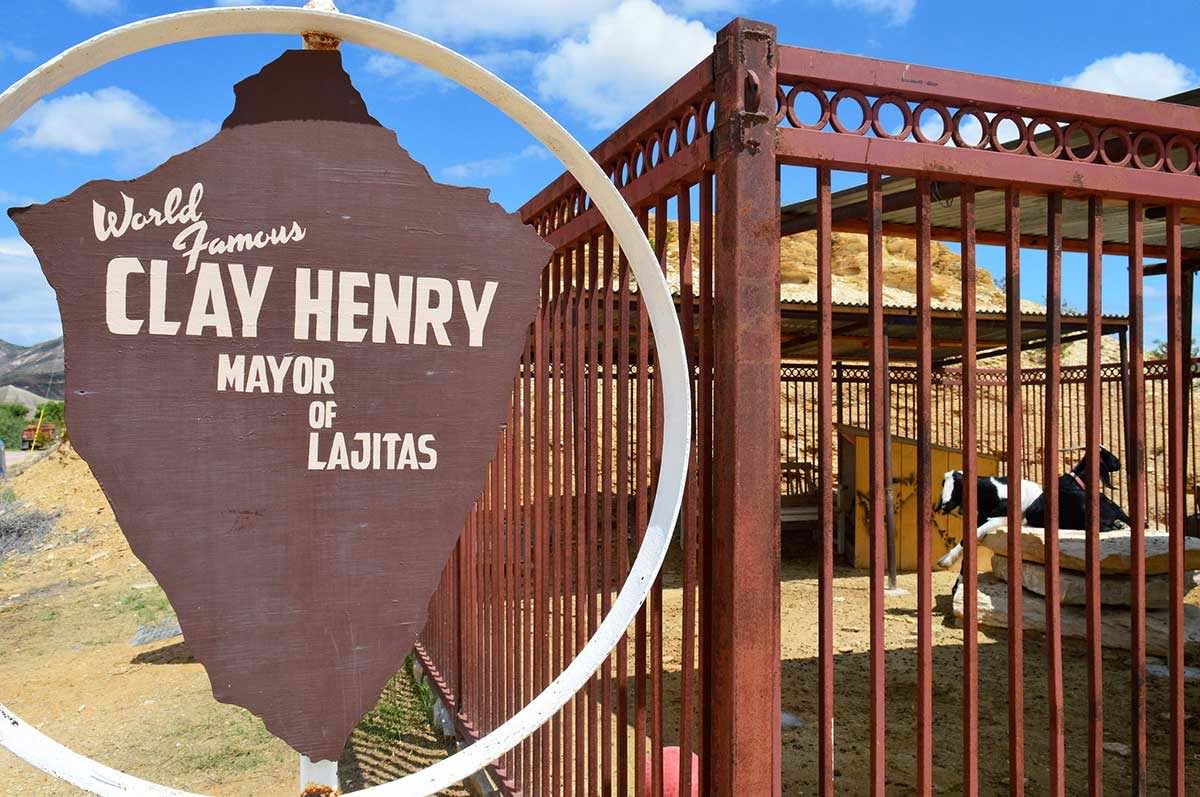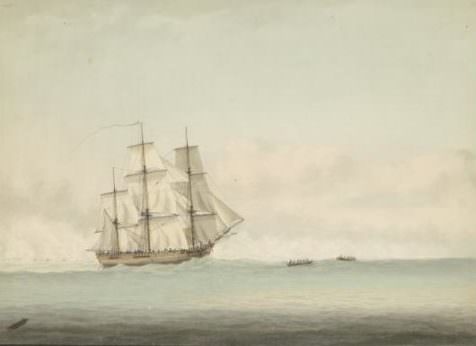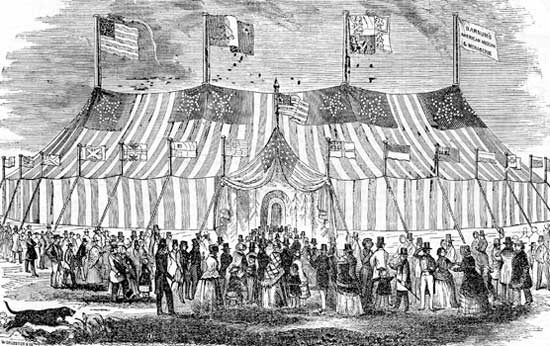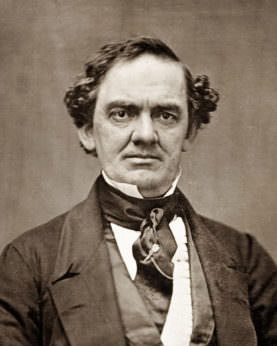Most goats are in the milk industry or lawn care business, but there are some that just can't do the ruminant 9 to 5 gig. Here are four wild jobs that have been held by goats.

[mf_h2 align=”left” transform=”uppercase”]Mayor of Lajitas, Texas[/mf_h2]
Clay Henry Sr., a beer-swilling politician from Texas known for head-butting constituents, managed in his 23 years on Earth to found a dynasty and drink a lot of brew – huge accomplishments for a goat. A multi-term mayor of the little West Texas town of Lajitas, Henry Sr. got his start hanging around a local watering hole called The Trading Post before being elected in 1986.
Seven years later, in 1993, he was killed in a coup of sorts by his son, Clay Henry Jr., in a fight over a lovely doe. Junior, like his old man, also loved booze and politics, and he easily stepped into the roll of mayor after he took out his pops. Junior was only in office for two years, but that wasn’t the end of the Clay Dynasty.
Clay Henry III become mayor in 2000, beating out a wooden Indian statue and a dog named Clyde. But his tenure was also marked by jealousy when a disgruntled neighbor saw the goat drinking beer on a Sunday, when humans aren’t allowed to do, and castrated the poor guy. The alleged assailant, Jim Bob Hargrove, was put on trial but got off due to a hung jury. The goat survived the attack and went back to politics and boozing. He died a few years later, ending the reign of the Clay Henry dynasty. All that remains are the remains of Clay Henry Sr. He’s stuffed and on display at The Trading Post, beer firmly between his lips.
[mf_h2 align=”left” transform=”uppercase”]British Army Officer[/mf_h2]
The Royal Welsh Regiment, part of the British army, currently has two goats in its ranks. There’s Lance Corporal Shenkin and the newest addition Fusilier Llywelyn, who recently replaced his predecessor Lance Corporal Gwillam Jenkins – better known as Taffy VI – who died in 2015.
However, the most famous, or infamous perhaps, of these regimental goats was William Windsor, who was demoted from lance corporal to fusilier, which is akin to a private in the U.S. army, for misbehaving. He nearly head-butted a drummer and refused to stay in line at a parade celebrating the Queen’s 80th birthday in 2006. He later earned back his former rank before retiring to a zoo.
The tradition of having a goat as a regimental mascot got its official start in 1844 when Queen Victoria presented the Royal Welsh Regiment with a Kashmiri goat, but there is evidence that the tradition may go all the way back to the 1770s.

William Windsor in full military dress.
[mf_h2 align=”left” transform=”uppercase”]A Hearty World Traveler[/mf_h2]
In 1768, James Cook, the famed British explorer and navigator, embarked on a voyage of discovery to the Pacific on the HMS Endeavour. Among those onboard was a goat who had already circumnavigated the globe two years earlier on another ship called the Dolphin.
The goat’s duties were simple: provide the crew with fresh milk, a job she apparently was well suited for. The goat was also tempestuous. On her first voyage she nearly caused an international incident by head-butting a dignitary from Tahiti who had just boarded the ship. On the second trip she was securely tied up to prevent a repeat performance when Cook met with some of the Pacific Islanders. This little goat saw more of the world than most humans, including the eastern coast of Australia – the first time Europeans (or goats) had ever encountered it.
When the Endeavor finally limped into port back home in England, nearly three years and thousands of miles after the start of the voyage, she became the first goat to survive two circumnavigations. The old goat was hardier than many of the crew (39 men died). She was handsomely rewarded with good pasture on which to feast, along with a fancy silver collar. She died a year later, apparently of old age.

The HMS Endeavour. Wikimedia Commons.
[mf_h2 align=”left” transform=”uppercase”]World-Renowned Circus Performer[/mf_h2]
Back in the early 1870s an Italian goat by the name of Alexis made headlines across the U.S. as one of the famous showman P.T. Barnum’s circus acts. The goat was an exceptionally talented equestrian who could leap through hoops and over banners, landing on his feet on the back of a horse at full gallop. He was billed as “the educated riding goat” who was “superior to many human artists.”
According to Barnum, Alexis was trained in Europe and cost $2,500 (more than $43,000 today). The famous showman had a penchant for stretching the truth often to the breaking point, and told the press the goat was from Egypt and cost $10,000, perhaps to give Alexis a bit more of an air of exotic mystery. Alexis was featured in Barnum’s circus until 1875 when he was sold, along with the circus’ other animals and costumes when this incarnation of Barnum’s circus was shuttered. Although Barnum would launch another circus venture the next year, Alexis had already been sold to a man by the last name of Cushing for $50 and his career with Barnum was finished.

P.T. Barnum and his circus. Wikimedia Commons
